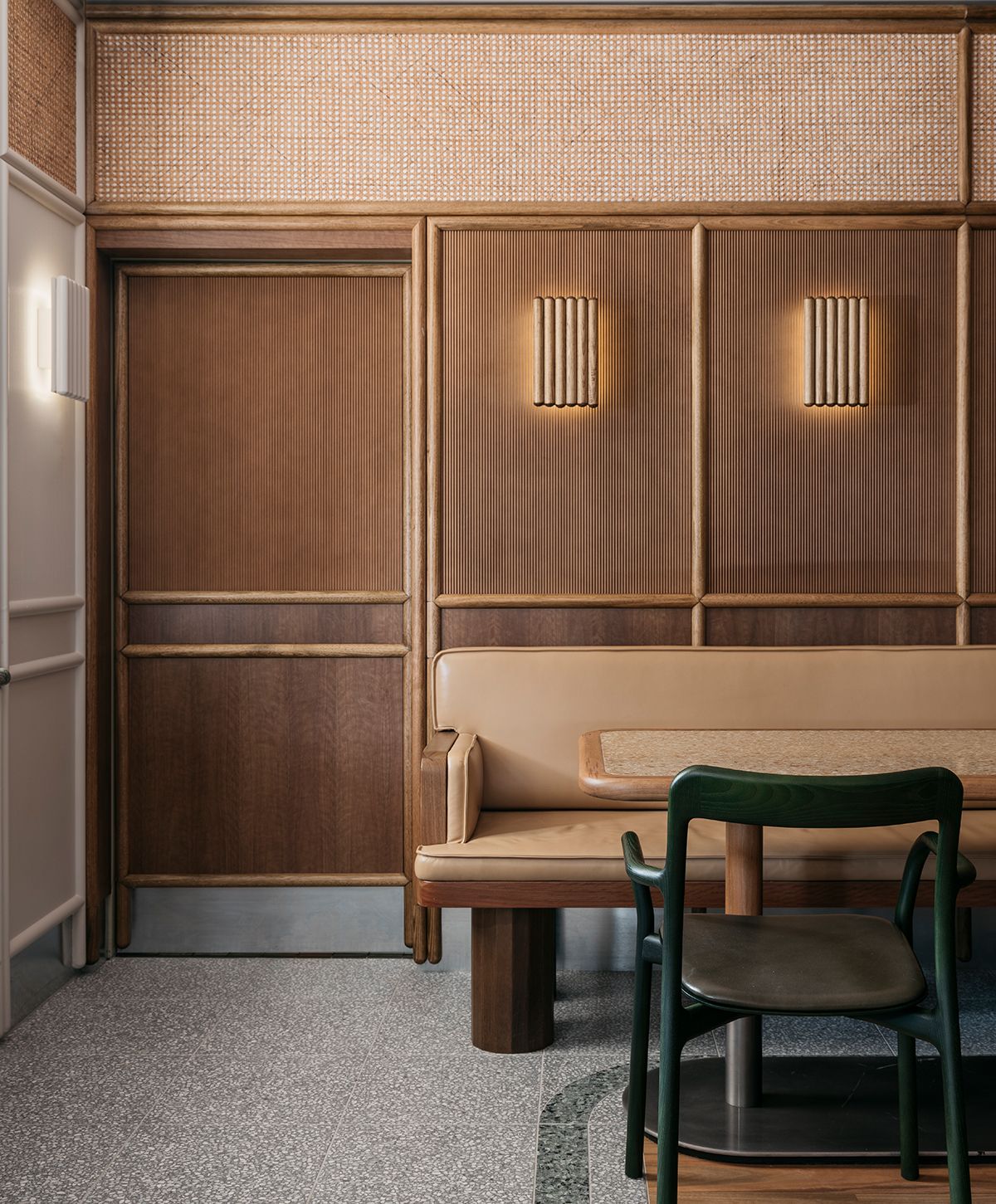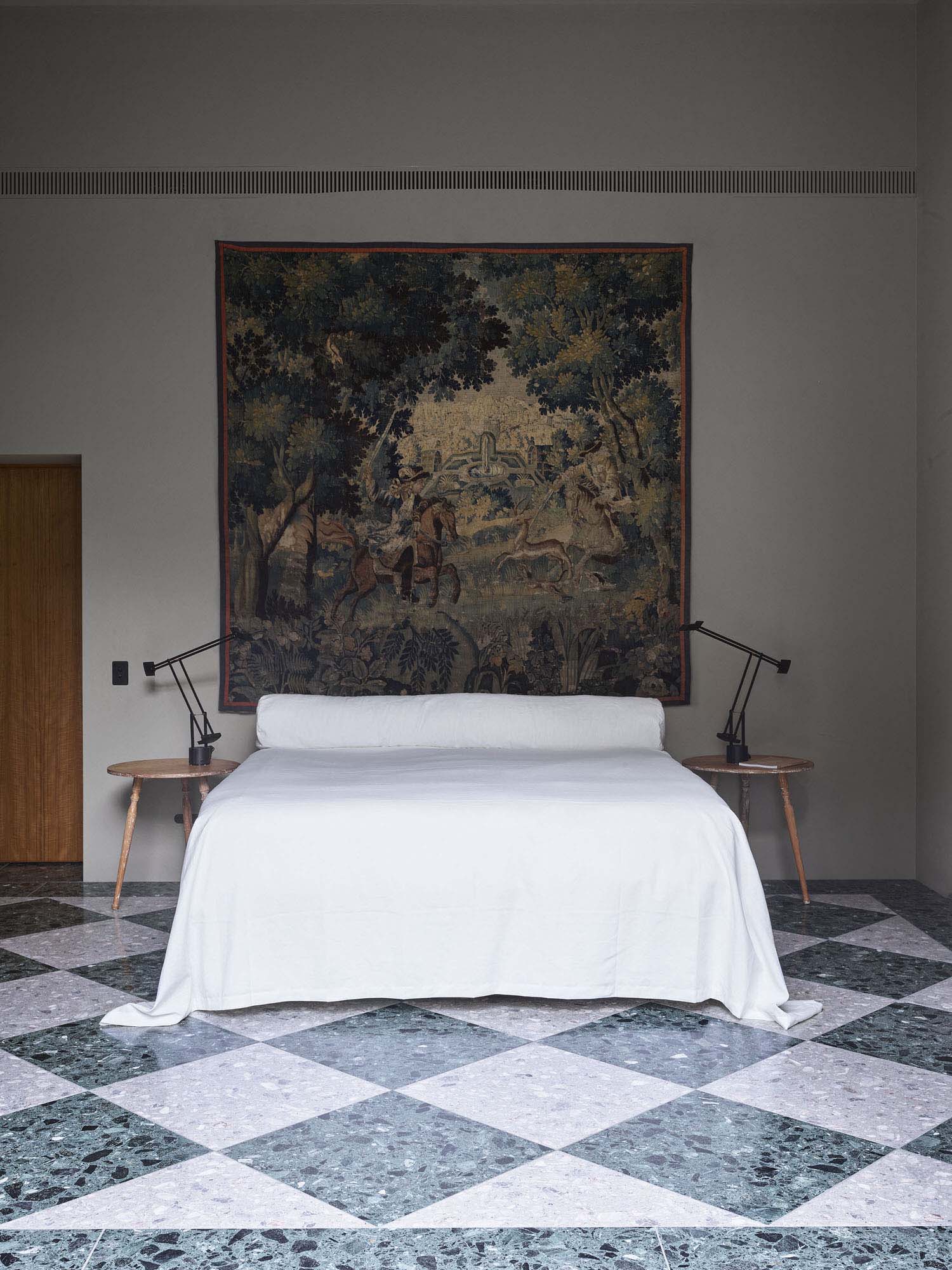A major trend we've seen this decade is sustainable interior design, making an appearance in every blog, magazine and event talk. The industry is starting to understand the impacts of our designs, but the knowledge required to make these decisions is still limited and requires the one thing designers are always short of… time.
While interior designers are well versed in interior design materials, sustainable design can be a difficult beast to tame. From toxic chemicals, indoor air quality and carbon emissions to ecological footprint, energy consumption and supporting a renewable resource whenever possible, there are countless buzzwords that interior designers are now expected to know about. And there is little help to be found in traditional shops.
That's why, today we take a look into some of the most sustainable materials and just how beautiful they are. Next time you are creating a scheme, remember to include these sustainable interior design materials into them! Not only are they a better choice for sustainable living, but they are also a great choice for chic designers looking to increase their use of sustainable materials without compromising their style.
You can source incredible sustainable materials in our free, curated directory. If you'd like to check out some of our brands who take sustainability seriously, check out YesColours, Ilala, Artisans of Devizes, and COAT Paints; we love them!
What are examples of sustainable materials for interior design?
Sustainable interior design has a neutral or positive effect in the environment. Good materials include bamboo, rattan, terrazzo, polished plaster, reclaimed wood, glass, and natural stone. They are all environmentally friendly and have a low carbon footprint.
Bamboo
Bamboo is considered a sustainable material, as it is fast-growing (it is actually a grass, not a tree), quickly renewable and it takes less energy to produce than wood. This makes it an A+ material in terms of energy efficiency, production process and use of natural resources.
Incredibly versatile and beautiful, bamboo is a very strong material which can be used structurally and is also very flexible. Bamboo can be used in many ways such as in window treatments, flooring, walling and in decorative ways. When we think Bamboo we think relaxing spaces in Ibiza, Mykonos and Asia. To no surprise Soho House has created this natural material into something very chic and trendy in their new Mykonos Soho Roc House. Also, depending on the design, bamboo can be statement piece for residential spaces.


Rattan
Perhaps one of the trendiest materials at the moment also happens to be environmentally friendly. Rattan is quite similar to bamboo in terms of its sustainable benefits. It is fast growing, is produced in a low energy and low waste way (meaning it doesn’t have to be treated and processed that much),and since it is a natural material, it is recyclable and biodegradable. This versatile material can be produced in unique patterns, giving a rustic feel to any residential living room or home office. Because rattan is light and relatively flexible it is most commonly used in furniture, chair covers, wall cladding, joinery and screening.


Terrazzo
If you like stone you might also consider Terrazzo; a great way to give a new life to stone and produce significantly less waste. Terrazzo has been used in Italy since the 18th century to create enticing, textured floors. By utilizing mixed marble scraps, recycled glass chips and cement – terrazzo is crafted from the waste materials of other projects. These small particles are combined to create the unique terrazzo designs we see – leaving virtually nothing to waste. As environmentally-friendly architecture becomes more and more imperative, terrazzo’s durability and long-lastingness continue to be a huge advantage in today’s world. Today it can be found on tables, walls, floors and bathroom sinks, amongst other interior items.


Polished Plaster
Interior rendering is growing in popularity. Achieving a concrete look that doesn’t have the environmental impacts a concrete wall does is truly amazing. The 4 finishes to look out for include Lime Wash, Tadelakt, Micro Cement and Clay Plaster. These amazing finishes can really enhance a space, bringing a softness and warmth unlike any other material. They are particularly impactful in a bathroom replacing the cold feel of tiles. These finishes are naturally made and non-allergenic. They contain no toxins or gases (no VOC’s) so are a great option to replace paint.

Reclaimed wood
An obvious one and definitely one of the most popular options available. Reclaimed wood creates a sense of warmth and familiarity in a space. By using reclaimed wood, you not only reduce your footprint, you are also adding sustainability to your home. A lot of these repurposed pieces of wood have a real history to them such as railway sleepers and old warehouses. Rich in history and texture, reclaimed wood is one of our favourites.


Glass
Beautifully crafted, undeniably fragile and effortlessly delicate, glass also happens to be endlessly recyclable. For centuries glass has been used in interiors to create decorative form and texture as seen in places of worship.Through recent years, glass has seen great development with endless types being used in interiors including frosted, etched, tinted, laminated and our personal favourite reeded. When trying to open up a space, glass is always a great option and is perfect for cabinets, walls, splash backs and furniture.


Natural Stone
You can’t go past natural stone and even better, recycled natural stone. Natural stone is very durable and requires low maintenance, whilst also being recyclable. Given the variety of colours and styles naturally available, it’s almost always used in interiors for bench tops, bathrooms and fire mantles. If you are able to source the stone locally it is even better to minimise your carbon footprint. Above all, the natural origin of this material means that it is devoid of harmful chemicals and volatile organic compounds. Natural stone is the sustainable alternative to engineered stone, and as such has a reduced impact on the environment.



There are so many beautiful materials to choose from which won't compromise our planet so next time you are designing keep these materials in mind. We can only make a sustainable future if we commit to changing the way we see structural materials and furniture. Be part of the change.
Please comment below if there are other materials you love to work with that are sustainable.



